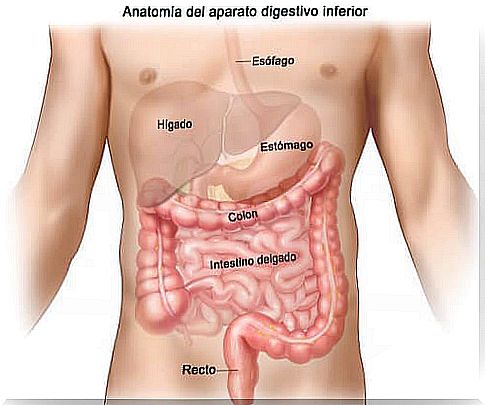Celiac Disease In Children And Adolescents
Celiac disease is what we commonly know as gluten intolerance. Gluten is a name used to refer to a set of proteins that are present in many cereals, especially wheat.
Unfortunately, celiac disease is one of the most common digestive disorders. It is estimated that almost 500,000 people in Spain present it, although most of them are unaware of it.
In fact, the prevalence in children and adolescents is higher than in adults . Almost 1 in 70 children are gluten intolerant. It is a pathology with a large genetic component, so people who carry certain genes are at risk of suffering from it.
Currently, much of our diet revolves around cereals and the presence of gluten in food is remarkable. Therefore, in this article we explain everything you need to know about celiac disease, especially when it affects children and adolescents.
What is celiac disease?

Celiac disease is a pathology in which an autoimmune reaction against gluten occurs. That is, the immune system reacts against this set of proteins, producing a series of alterations in our digestive system.
Numerous studies have shown that celiac disease has an important genetic component. This means that people who have certain genes are at higher risk of intolerance. However, symptoms do not always develop.
In addition, it is important to note that there are certain pathologies that increase the risk of developing celiac disease. Some of them are Diabetes Mellitus and Down Syndrome.
What happens with this disease?
People with celiac disease have an immune reaction in their digestive system when they eat gluten. Gluten, in addition to wheat, is found in other cereals such as barley, spelled or rye.
When a food with gluten is ingested, this immune reaction causes an inflammation of the lining of the intestine. The intestinal mucosa allows us to absorb the necessary nutrients to stay healthy. As this mucosa is altered, the intestine cannot obtain all the nutrients, so celiac disease can lead to a malabsorption syndrome.
However, those with celiac disease can avoid symptoms or complications by following a strict gluten-free diet . If it is detected early and its consumption is avoided, the intestinal mucosa regenerates gradually.
What about celiac disease in children and adolescents?

Celiac disease can occur at any time in life. However, symptoms vary with age. In addition, as we have mentioned, the damage produced in the intestinal mucosa can be reversible if it is detected early. Therefore, when it comes to children and adolescents, it is important to be attentive to any symptoms. This will help us to establish an adequate diet and avoid possible later complications.
First, very young children often have constant diarrhea and flatulence. In addition, they tend to grow little, especially from the moment they eat solid foods with gluten.
On the other hand, when it comes to older children or adolescents, the symptoms usually consist of abdominal pain, vomiting and constipation. They are also usually children who are short for their age. In fact, these children may also have skin rashes and anemia. All this arises because the body does not absorb all the nutrients it needs at this stage of growth to develop.
How is celiac disease diagnosed in children?
On many occasions, children and adolescents have no symptoms or they go unnoticed. However, we know that genetics are decisive in celiac disease. Therefore, if you or your partner suffer from it, it is necessary that you consult a doctor to assess your child.
The tests to detect celiac disease are various. In the first place, a blood test is usually performed, in which antibodies present in this pathology are looked for. When the result is positive, in some cases, a biopsy of the small intestine is performed. This consists of inserting a small tube through the mouth into the intestine. Once there, a small sample is taken and analyzed in the laboratory.
There are numerous ways to diagnose a child with this condition. In addition, the tests are not painful and an early diagnosis can significantly improve the health of your child.
In conclusion
Celiac disease in children and adolescents presents in different ways depending on age. Therefore, if you think your child may suffer from it, it is important that you go to the doctor to perform the relevant tests.








